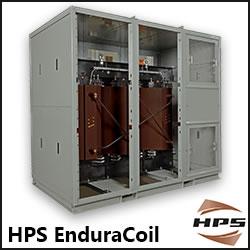How to clean solar panels without water
Scientists Show Large Impact of Controlling Humidity on Greenhouse Gas Emissions
Poor Connectivity - A Costly Threat to Your Solar PV System
Honda to Install Stationary Fuel Cell Power Station on California Campus as First Step Toward Commercialization of Zero-Emission Backup Power Generation
Advancing Solar Projects with Ground Grading
Should More Land Be Dedicated to Renewable Energy?
Waterotor Unveils "The Big Cajun," a 20MW Hybrid Ocean Energy-Generating System
How Efficient Are Tracking Solar Panels?
Evaluating the Growth Trajectory for Electric Service Vehicle Adoption
Solar Panel Cleaning and the Importance of Preventative Maintenance
Q CELLS and Helmholtz-Zentrum Berlin achieve record efficiency of 28.7% for 2-terminal perovskite-silicon tandem solar cell
PEABODY TO FOCUS ON DEVELOPING UTILITY-SCALE SOLAR PV AND BATTERY STORAGE PROJECTS LOCATED ON PREVIOUSLY MINED COAL PROPERTIES
Perovskite Solar Cells Taking the Heat
All-in-One Energy Storage System
Beyond Fossil Carbon? Green Electricity Is Opening Doors to Low-Emission Alternatives for Making Fuels and Chemicals
Records 841 to 855 of 5396
First | Previous | Next | Last
Featured Product

